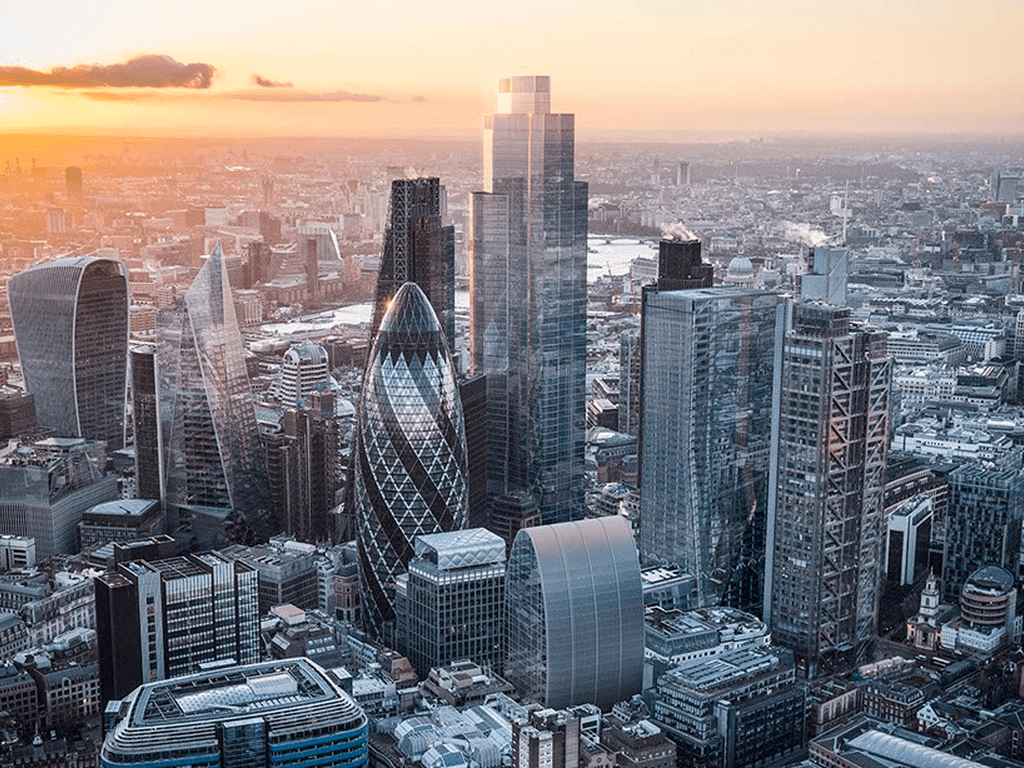With an ever increasing number of high-rise buildings, only getting taller, let’s assess where we’re going. We’re playing with fire believing that everything will go as planned in the midst of chaos, with the “stay put” policy now questionable by many occupants.
On the 7th of March, 2022, a major fire occurred in a 22-storey building in Aldgate, East London, a building completed only in 2014. 25 fire engines and 125 firefighters had to attend the scene as the fire burned on the 17th floor that had to be tackled from the outside. Falling debris caused three commercial units below to catch fire, as well as four cars. Chillingly, residents reported hearing no fire alarms, some even being alerted to the blaze by their neighbours knocking on their doors.

During the incident, the London Fire Brigade (LFB) utilised the UK’s only operational 64m ladder to reach the 17th floor. The ladder reaches 20-storeys and was introduced as part of the response to the 24-storey Grenfell Tower tragedy in 2017.
There are currently 109 buildings in London that exceed 20 storeys, and construction of tall buildings is showing no signs of slowing down. According to NLA’s London Tall Buildings Survey 2021, 35 tall buildings were completed in 2020, with a further 587 in the pipeline at varying degrees of completion. According to the Council on Tall Buildings and Urban Habitat, the average height of the world’s 100 tallest buildings has increased 41% over the past 20 years. Although the implementation of 20-storey ladders is a good start, with building heights ever increasing, what happens if things go wrong?
Right in the heart of the city, London’s second tallest building, 22 Bishopsgate, built for 13,000 occupants, illustrates the issues with this historic city. How do you get a 30 tonne fire engine through the narrow streets? Pavement deployment is impossible, due to risk of collapse. Falling debris will result in damages to surrounding buildings, potentially spreading the blaze.

There is still a lot that governments and building regulators can do to mitigate the risks of fires in high-rises. As can be seen from the recent Aldgate incident, implementation of new equipment such as 64m ladders plays an integral part in keeping the damage fire causes to a minimum. Stricter focus on managing the spread of fire within these buildings and data-led evacuation processes are essential for the LFB. Now is a crucial time to tighten regulations to ensure that tragedy can’t strike again.

Share your thoughts
No Comments
Sorry, the comment form is closed at this time.